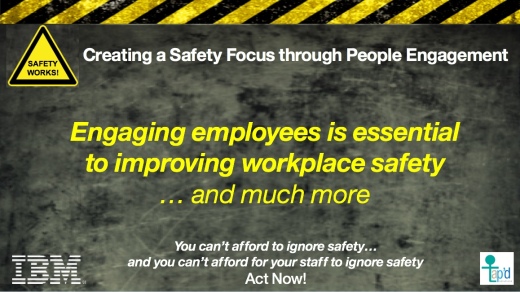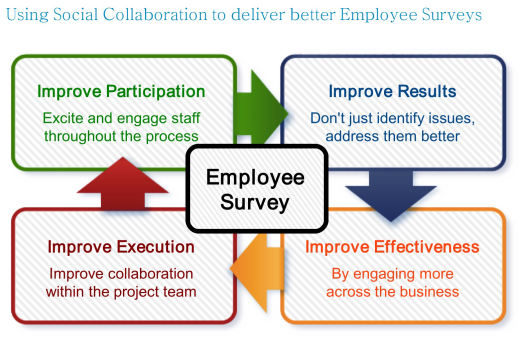Never has the topic of Safety been more in the news – and with the dreadful events an Grenfell on everyone’s mind, many are asking questions about whether they do enough to ensure safety in the workplace? Or do they also have a disaster waiting to happen?
Key questions to answer include: are you listening to the concerns of your workforce around safety? Do you ensure that the employee you hire have the right attitude to safety? Do you actively encourage employees to think about safety, rather than just posting instructions on noticeboards and in email newsletters and hoping everyone reads them? Are you sure your employees understand why the safety rules are important, not just what they are? Do your employees collectively help enforce safety?
… Or are there just a few voices in the wilderness talking about the topic and being largely ignored?

Workplace safety is just one area where engaging the workforce in a conversation helps significantly to drive business outcomes. There are many related areas where the same process applies, from cybersecurity (making employees, a significant weak point in your defences, aware of phishing and human engineering attacks while applying the security updates you want them to) to customer satisfaction (ensuring that every customer touchpoint with your employees builds on your corporate messages and embodies your customer service ethos).
Workplace safety has always been one of the key engagement patterns that IBM has used to drive adoption of these technologies – because adoption of an engagement platform is not the end goal organisations have in mind, rather improving business outcomes is what they are trying the achieve. To do this, technology is not enough: both cultural change and process change are critical to creating these outcomes.
A culture of workplace safety is best achieved through open, transparent discussions with all staff about its importance – and these conversations can also highlight the process changes needed to succeed. A colleague of mine used to work in process improvement for a company that ran an oil pipeline across the US. By encouraging conversations between the three divisions responsible for different parts of the pipeline, he was able to identify an operational procedure in one division that had been actively abandoned in another division because of safety issues it raised – this preventing a major safety and ecological disaster that was waiting to happen.
That is why more and more organisations are adopting employee engagement platforms that go beyond team collaboration and support conversations across the business, horizontally and vertically.
I’m currently working with my friends at Tap’d Solutions on a webinar to explore how employee engagement can impact safety matters.
If your employees don’t think that safety matters, then this could be a crisis for your business that is just waiting to happen. Are you engaging with them on the topic in the way you should be?
Updated 26/6/17: The scheduled Webinar on this subject has been postponed due to logistical issues. Dates removed from the post and I will make a new blog post once it is rescheduled.

